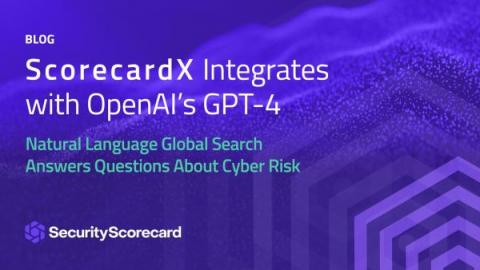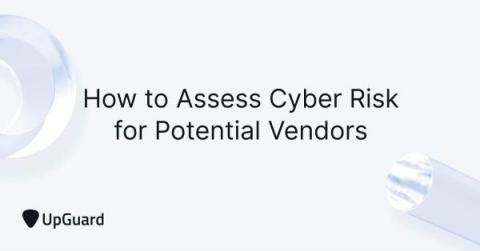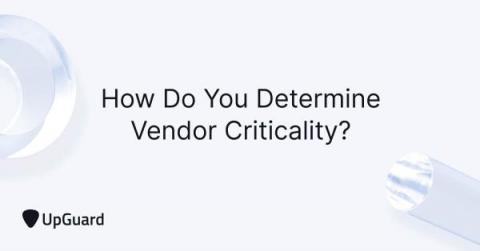ScorecardX Integrates with OpenAI's GPT-4
As part of SecurityScorecard’s commitment to making the world a safer place, we are now the first and only security ratings platform to integrate with OpenAI’s GPT-4 system. With this natural language processing capability, cybersecurity leaders can find immediate answers and suggested mitigations for high-priority cyber risks.









